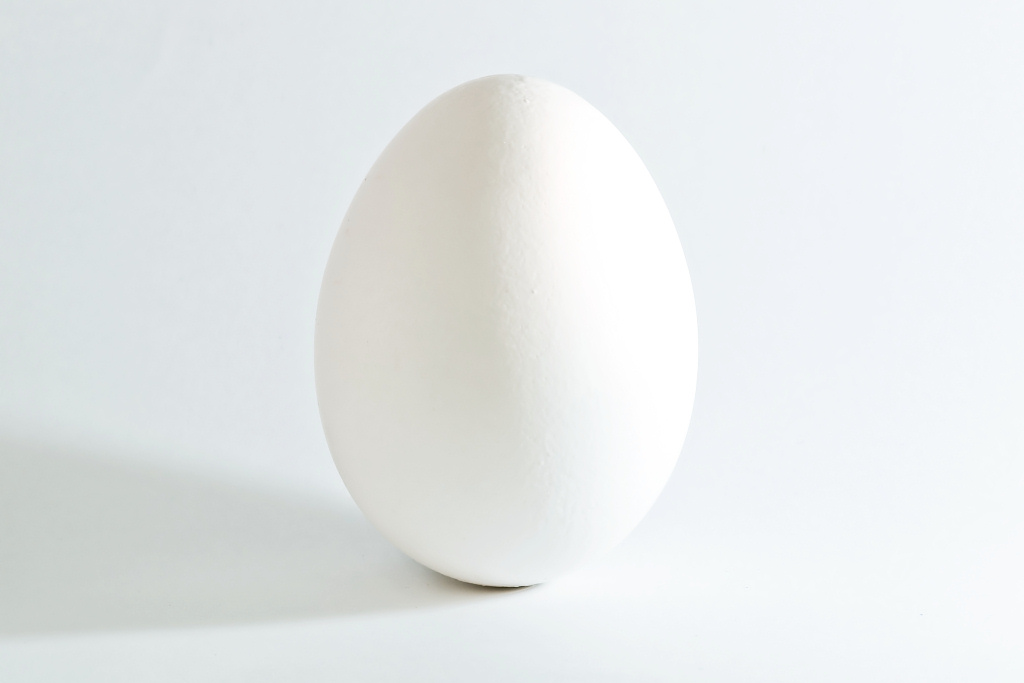Mark Twain once urged readers to kill any adjectives they could catch—an appeal the modern restaurant, it seems, has taken to heart. While florid language and foreign vocabulary once signified haute cuisine (beef sous-vide, salmon a la plancha), in recent years, straight-edge chefs have traded purple prose for “just the facts, ma’am.” Lean syntax is generally admirable, but tableside, it can come off as mysterious or stern:
fig, escarole, veal crudo
bagna càuda, lovage
lemon sabayon
As you ponder your Brooklyn blackboard haiku, small-plate word salad, and an endless parade of confuse-bouche, you may wonder: Is that fig a sauce or a garnish? Can veal even be crudo? Am I allowed to ask?
Like hygge interiors or Marie Kondo folded socks, menu minimalism has gained a purchase in our cultural landscape, a trend that leaves diners with an insatiable appetite for clarity. These stovetop hieroglyphs eschew qualifiers that might explain a dish’s preparation; they are seldom punctuated, except to indicate dramatic pauses between nouns. Description is for the weak and uninitiated!
Restaurants have certainly indulged in a few questionable love affairs—the tapas scourge, the mason-jar/plaid-shirt aesthetic, ingredient-exoticism, farm-speak, and so on—but, among them, menu minimalism most conspicuously reveals an institutional, baked-in classism. Patrons who have never heard of purslane might still decipher their dish with a few context clues (verbs, indefinite articles, adjectives), yet today’s clipped kitchen syntax is as superior in tone as it was two decades ago, when menus read like small narratives. Chefs, show and tell if you want, but please stop not telling at all.
